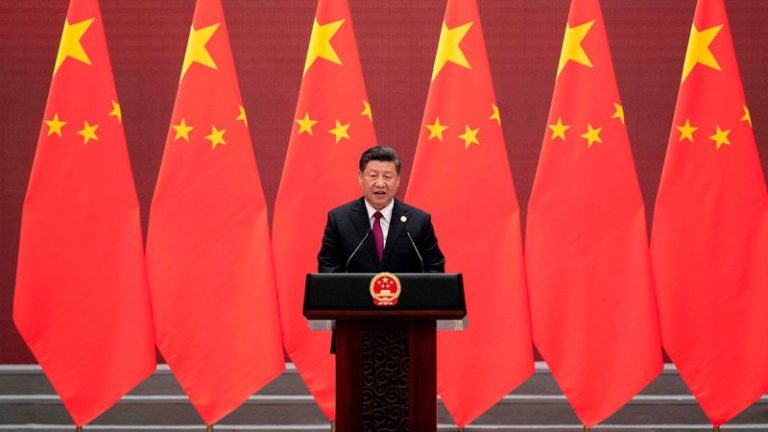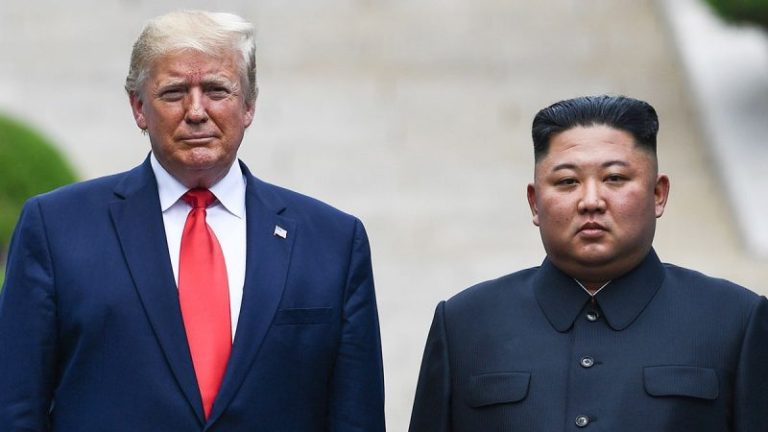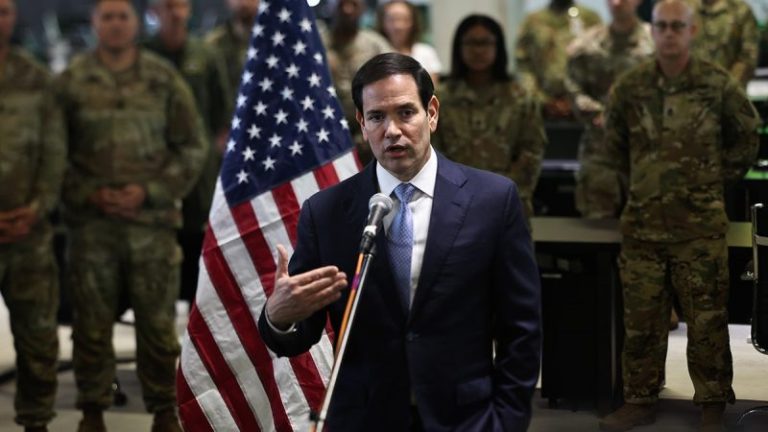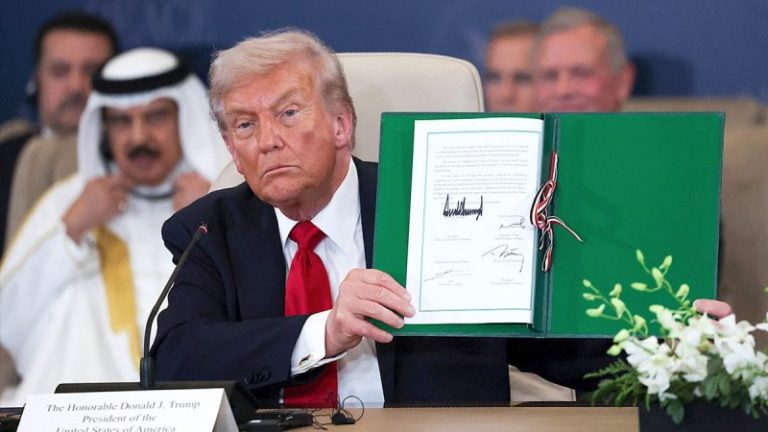Questcorp Mining Inc. (CSE: QQQ,OTC:QQCMF) (OTCQB: QQCMF) (FSE: D910) (the ‘Company’ or ‘Questcorp’) announces that it has closed the first tranche of its non-brokered private placement (the ‘Offering’). In connection with closing, the Company has issued 14,000,334 units (each, a ‘Unit’) at a price of $0.15 per Unit for gross proceeds of $2,100,050. Each Unit consists of one common share of the Company (each, a ‘Share’) and one-half-of-one share purchase warrant (each whole warrant, an ‘Warrant’). Each Warrant entitles the holder to acquire an additional common share of the Company at a price of $0.20 until October 24, 2027, subject to accelerated expiry in the event the closing price of the Shares is $0.50 or higher for ten consecutive trading days.
The Company expects to utilize the proceeds of the Offering for advancement of ongoing exploration and drill work at the La Union Gold and Silver Project, upcoming exploration work at the North Island Copper Property, and for general working capital purposes.
A portion of the Units issued under the first tranche the Offering, representing $2,000,000 will be held pursuant to a sharing agreement entered into with an institutional investor, Sorbie Bornholm LP (‘Sorbie‘) and the Company (the ‘Sharing Agreement‘). The Sharing Agreement provides that the Company’s economic interest will be determined in twenty-four monthly settlement tranches as measured against the Benchmark Price (as defined herein). If, at the time of settlement, the Settlement Price (determined monthly based on a volume-weighted average price for twenty trading days prior to the settlement date) (the ‘Settlement Price‘) exceeds the benchmark price of $0.1949 (the ‘Benchmark Price‘), the Company shall receive more than one-hundred percent of the monthly settlement due, on a pro-rata basis. There is no upper limit placed on the additional proceeds receivable by the Company as part of the monthly settlements. If, at the time of settlement, the Settlement Price is below the Benchmark Price of $0.1949, the Company will receive less than one-hundred percent of the monthly settlement due on a pro-rata basis. In no event will a decline in the Settlement Price of the Units result in an increase in the number of Units being issued to Sorbie.
The Units issued to subscribers in the first tranche of the Offering were issued pursuant to the listed issuer financing exemption (the ‘Listed Issuer Financing Exemption‘) under Part 5A of National Instrument 45-106 – Prospectus Exemptions (‘NI 45-106‘). As a result, they are not subject to statutory hold periods. In connection with the Listed Issuer Financing Exemption, the Company has prepared and filed an offering document related to the Offering that is available under the Company’s profile on SEDAR+ at www.sedarplus.ca and on the Company’s website at: www.questcorpmining.ca. Prospective investors should read this offering document before making an investment decision. No finders’ fees or commissions were paid in connection with completion of the first tranche of the Offering, but Sorbie received a corporate finance fee in the amount $130,000 payable through the issuance of 866,667 Units at price of $0.15 per Unit.
The Company anticipates completing a further tranche of the Offering for up to a further 9,333,000 Units, to bring combined gross proceeds from the Offering to $3,500,000. The Company anticipates that the remaining Units will be offered to subscribers pursuant to the accredited investor exemption (the ‘Accredited Investor Exemption‘) under Section 2.3 of NI 45-106. All securities issued pursuant to the Accredited Investor Exemption will be subject to restrictions on resale for a period of four-months-and-one-day in accordance with applicable securities laws. In connection with completion of the remaining tranche of the Offering, the Company may pay finders’ fees to eligible third-parties who have introduced subscribers to the Offering. Completion of a final tranche of the Offering remains subject to receipt of regulatory approvals.
About Questcorp Mining Inc.
Questcorp Mining Inc. is engaged in the business of the acquisition and exploration of mineral properties in North America, with the objective of locating and developing economic precious and base metals properties of merit. The Company holds an option to acquire an undivided 100% interest in and to mineral claims totaling 1,168.09 hectares comprising the North Island Copper Property, on Vancouver Island, British Columbia, subject to a royalty obligation. The Company also holds an option to acquire an undivided 100% interest in and to mineral claims totaling 2,520.2 hectares comprising the La Union Project located in Sonora, Mexico, subject to a royalty obligation.
Contact Information
Questcorp Mining Corp.
Saf Dhillon, President & CEO
Email: saf@questcorpmining.ca
Telephone: (604) 484-3031
This news release includes certain ‘forward-looking statements’ under applicable Canadian securities legislation. Forward-looking statements include, but are not limited to, statements with respect to the intended use of proceeds from the Offering. Forward-looking statements are necessarily based upon a number of estimates and assumptions that, while considered reasonable, are subject to known and unknown risks, uncertainties, and other factors which may cause the actual results and future events to differ materially from those expressed or implied by such forward-looking statements. Such factors include, but are not limited to: the ability of Riverside to secure geophysical contractors to undertake orientation surveys and follow up detailed survey to confirm and enhance the drill targets as contemplated or at all, general business, economic, competitive, political and social uncertainties, uncertain capital markets; and delay or failure to receive board or regulatory approvals. There can be no assurance that the geophysical surveys will be completed as contemplated or at all and that such statements will prove to be accurate, as actual results and future events could differ materially from those anticipated in such statements. Accordingly, readers should not place undue reliance on forward-looking statements. The Company disclaims any intention or obligation to update or revise any forward-looking statements, whether as a result of new information, future events or otherwise, except as required by law.
To view the source version of this press release, please visit https://www.newsfilecorp.com/release/271978
News Provided by Newsfile via QuoteMedia









